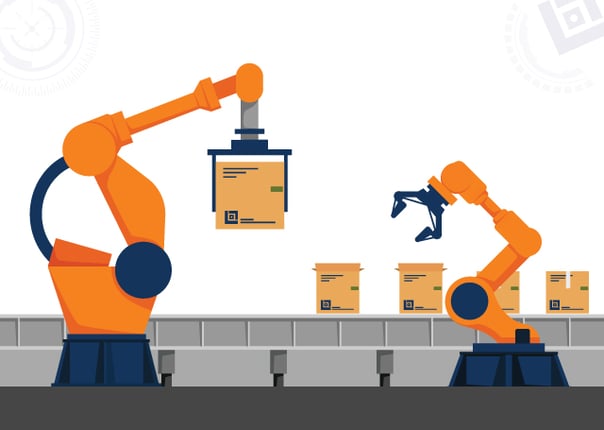The use of artificial intelligence in test automation is one of the latest trends dominating the quality assurance industry. In fact, in Capgemini’s survey titled World Quality Report 2020-2021, 21% of IT leaders said that they are implementing AI in some form or another in their testing methodologies, while only 2% said that AI has no part in their future planning.
QASource Blog
In our blog, we take a deep dive into the latest QA strategies, methodologies, and industry best practices driving the world of quality assurance. Follow our blog to get new ideas as to how to effectively deliver high-quality, bug-free software products, websites, and applications, while keeping costs low.

As the COVID-19 pandemic shook the foundation of the global economy, organizations started preparing for the future in a completely new landscape. Many software companies started looking for QA solutions to achieve a higher level of efficiency and productivity while minimizing costs in the long term. This shift in thinking has made automation testing imperative for software companies. Check out the infographic below for advice from our QA team on selecting the right Automation testing tools.
Collaboration is all about connectivity. Your users want to connect instantly with peers, ideas and data so that business processes stay on track and the creative development of business strategy is seamless. That’s why collaboration software products are a must-have for every company across all industries. And this instant connectivity wouldn’t be possible without the successful integration of APIs.
The stats don’t lie: mobile devices account for half of web page views around the world. This shouldn’t surprise us, since more than 75% of Americans own a smartphone with one in five American adults opting for a smartphone-only lifestyle. That’s why product developers are adopting a mobile-first strategy. And since Android dominates the mobile OS market, it only makes sense for QA testers to become fluent in Google’s digital language.
Salesforce is a leader in the CRM space because of its customizable implementation options and integration capabilities with other applications. However, Salesforce testing that incorporates the cloud, security standards, Apex programming, web services, etc. calls for a comprehensive QA strategy.
Imagine using shared resources that are allocated dynamically, create flexible testing environments, and that simulate user scenarios and real-world traffic - that’s just some of the benefits of cloud testing.
In order to expand a product at a sustained pace, you need strong development and QA foundations that set you up for future success. Like any project, planning goes a long way when you want to make the most of test automation.
In the era of cloud computing, we have seen a surge in on-demand services for automation. It all started with providing infrastructure to test mobile and web applications on different browsers, OS, and mobile devices.
Nothing is more frustrating than funding a test automation project that results in endless time and resources to maintain , or worse, funding one that requires re-building after six months. Often a test automation strategy fails because the objectives were not identified early on or the scripting strategy excluded considerations for long-term maintenance.
Written by QA Experts
QASource Blog, for executives and engineers, shares QA strategies, methodologies, and new ideas to inform and help effectively deliver quality products, websites and applications.
Categories
Authors
Our bloggers are the test management experts at QASource. They are executives, QA managers, team leads, and testing practitioners. Their combined experience exceeds 100 years and they know how to optimize QA efforts in a variety of industries, domains, tools, and technologies.








